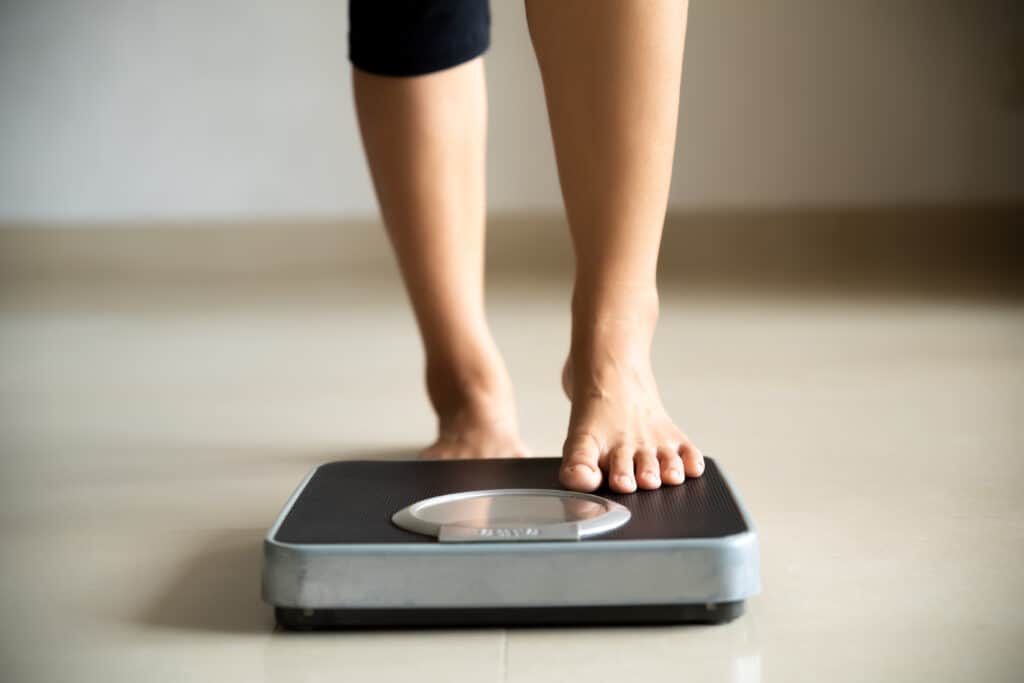A worthy goal for year end is to be become proactive rather than reactive when it comes to healthy eating. We know it can be a very challenging time for many during the Holiday season. With a plethora of food everywhere we go, it can be difficult to always make the right decisions when it comes to eating healthy. Starting with Thanksgiving
Healthy Eating Mindset
Transition to a healthy eating mindset early this year before the Holiday season even arrives. Small changes made now can lead to strong returns in order to start the New Year off on the right foot. Focus on implementing one worthwhile change right now. That change is to monitor how much added sugar you’re eating. Just being aware of what and how much you eat can lead to big changes. One of biggest weight gain culprits is eating too much sugar.
Start by Reading Food Labels
First, read every food label before you eat anything! Next, determine a baseline for how much added sugar you currently eat. You may be surprised to find out just how much sugar you consume on a daily basis. One study published in 2021 showed average Americans get the majority of their sugars (61-66 percent) from two main areas. They consume their added sugars from “sweetened beverages and sweet bakery products, regardless of age, ethnicity, or income.”
How Much Sugar Do Americans Eat?
Americans currently eat about 76 pounds of sugars every year through a variety of forms. Even though we have seen a 15 percent decrease in added sugar consumption since 1999, according to government data, the average person still eats about 94 grams (or 375 calories) each day (U.S. Department of Agriculture). Some publications have reported added sugar should make up less than 10 percent of your total daily caloric intake. Other reports, however, say that’s wrong and it should be more like 5 percent – which I totally agree with.
“Fat (in our diet) is not the problem,” says Dr. Walter Willett, chairman of the department of nutrition at the Harvard School of Public Health. “If Americans could eliminate sugary beverages, potatoes, white bread, pasta, white rice and sugary snacks, we would wipe out almost all the problems we have with weight and diabetes and other metabolic diseases.”

Use Technology to Monitor Added Sugar
Don’t beat up yourself if you end up having a bad meal once in a while, just get back on track with the next meal or snack. For example, you have a couple of slices of pizza – about 4 grams/sugar/slice – try avoiding it next time. It is very easy to accumulate 100+ grams of added sugar over the course of a day without even realizing it. Become more cognizant of what you’re putting into your body. Educate yourself, if you eat something, like pizza, go online and find out the amount of added sugar it contains. Check out apps like Fooducate, LoseIt and MyFitnessPal to help with healthy eating.
Governmental Recommendations for Added Sugar
The World Health Organization has issued guidelines “of <10 percent of calories per day from “free sugars” (inclusive of both added sugars and sugars naturally present in 100 percent fruit juice) and a conditional recommendation for a further reduction to <5 percent.” The 2020–2025 Dietary Guidelines for Americans recommend limiting foods and beverages higher in added sugars, they suggest limiting added sugars to <10 percent of calories.
One intriguing study showed subjects who got 17-21 percent of their calories from added sugar had a 38 percent risk of dying from cardiovascular disease compared to those who consumed 8 percent of their calories from added sugar. The risk was more than double for those who consumed 21 percent or more of their calories from added sugar.
Final Thoughts on Healthy Eating
Begin to follow the Jefit nutritional tips today. Don’t wait until the Holiday season is here, do it now. Read food labels, determine how much added sugar you currently eat and then put yourself on a sugar budget. Watch the added calories from sweetened beverages and desserts. For best results, follow the added sugar guidelines below:
MEN: Eat 150 calories or less of added sugar per day (38 grams).
WOMEN: Eat 100 calories or less of added sugar per day (25 grams.
References
Ricciuto, L. et al., (2021). Sources of Added Sugars Intake Among the U.S. Population: Analysis by Selected Sociodemographic Factors Using the National Health and Nutrition Examination Survey 2011–18. Front. Nutr., 17. Sec. Nutritional Epidemiology
https://doi.org/10.3389/fnut.2021.687643
D’Adamo P.J (2015). The Many Consequences of Sugar Imbalance
Stay Strong Together
Jefit, named best strength training app by Sports Illustrated, Esquire, GQ, Men’s Health, Greatest, Forbes Health, and many others. We offer a community responsible for 92,000,000 workouts to date! The app, which recently passed 10 million downloads, comes equipped with a customizable workout planner and training log. The app also has ability to track data, offer audio coaching cues, and can share workouts with friends. Visit our members-only Facebook group. Connect with like-minded people, share tips, and advice to help get closer to reaching your fitness goals.
Read the scientific paper published in the Journal of Medical Internet Research using the Jefit app. Also, a great Jefit app review was recently published by MUO that can be found here.
- Top Hip & Back Extension Exercises for Posterior Chain Power - April 23, 2025
- Best Exercises to Build Strong & Defined Shoulder Muscles - April 21, 2025
- Whey vs. Casein: What’s the Best Protein for Building Muscle - April 18, 2025
